We may earn money or products from the companies mentioned in this post. This means if you click on the link and purchase the item, I will receive a small commission at no extra cost to you ... you're just helping re-supply our family's travel fund.
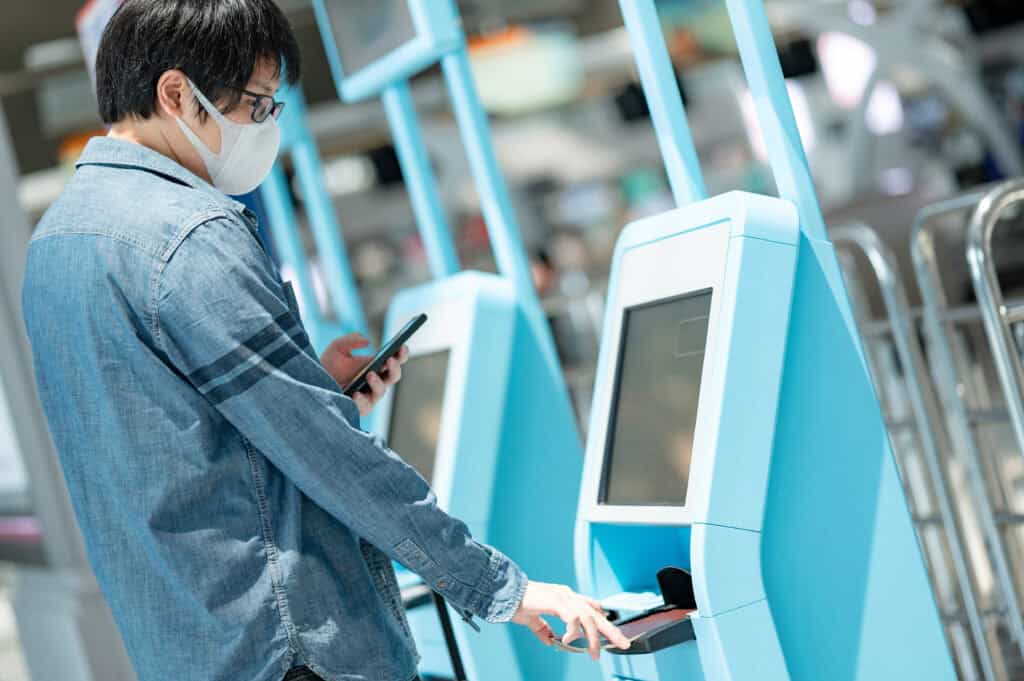
CBP’s nationwide biometric rule arrives at a moment when long distance journeys, work assignments, and family visits depend on predictable borders yet move through rising scrutiny. Facial comparison, once framed as a pilot in select terminals, now stands as the default identity check for most non-citizens entering or leaving the United States. The promise is efficient verification and tighter fraud control; the tension is lasting data, uneven experiences, and whether people still feel seen as travelers before they feel treated as records.
The Rule In Practical Terms
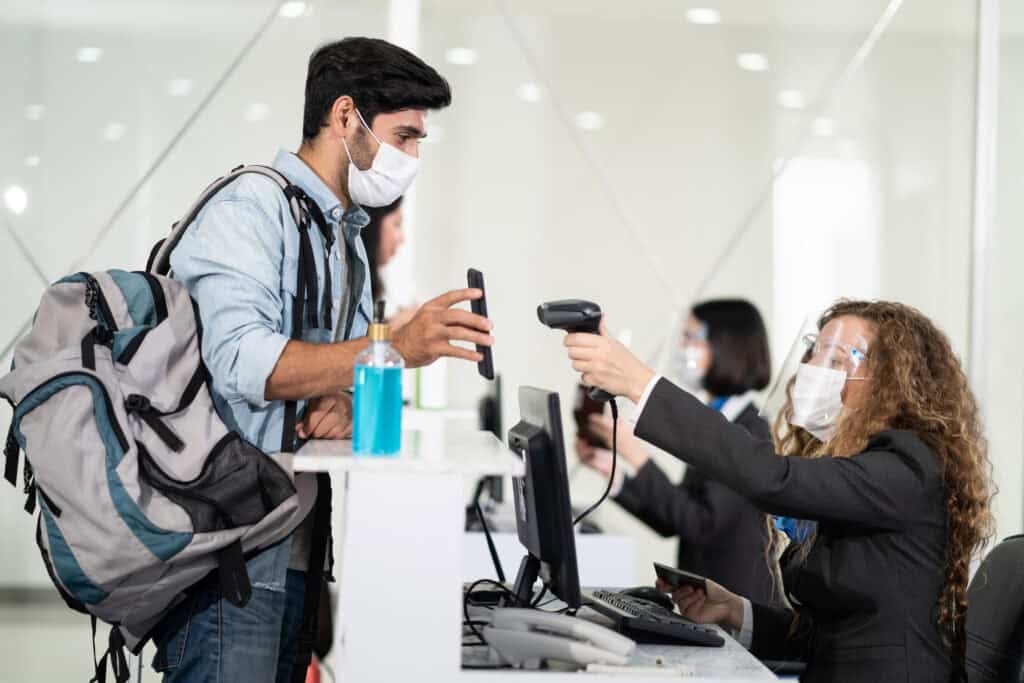
The final rule allows CBP to photograph nearly all non-citizens at entry and exit and use facial comparison as the primary biometric in air, sea, and eligible land settings. Earlier limits tied to pilots, narrow port lists, and age exemptions are stripped away, turning a scattered experiment into a standing national framework. Refusing without lawful cause can now affect admissibility or compliance decisions, making biometric capture a predictable, enforceable part of border inspection rather than an optional test.
Who Feels The Impact First
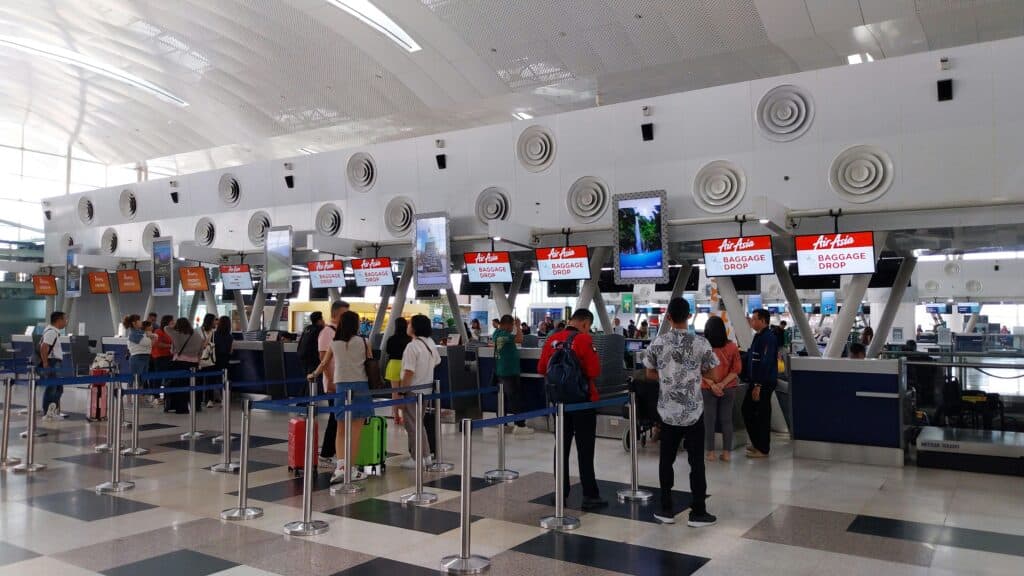
Short term visitors, students, temporary workers, returning residents with foreign passports, and mixed status families feel the rule most immediately. Groups that once sat in grey zones, including children and older travelers who were exempt in pilots, now fall within potential capture. U.S. citizens sit in a different lane, where facial comparison tools may assist but must include meaningful manual alternatives. Over time, the weight of biometric history concentrates around non-citizens whose movements are already documented most tightly.
What Changes At Airports

In many airports, cameras and Simplified Arrival lanes are already in place; the difference now is clarity and reach. Non-citizens step briefly into view, have their live photo compared against existing galleries, and move on when systems align. Officers use the result as a filter, not a final verdict, focusing interviews and secondary checks on mismatches instead of repeating basic questions for everyone. When staffing, signage, and tools stay aligned, the process feels fast, consistent, and less arbitrary than manual inspection alone.
Land Borders And Cruise Terminals Expanding
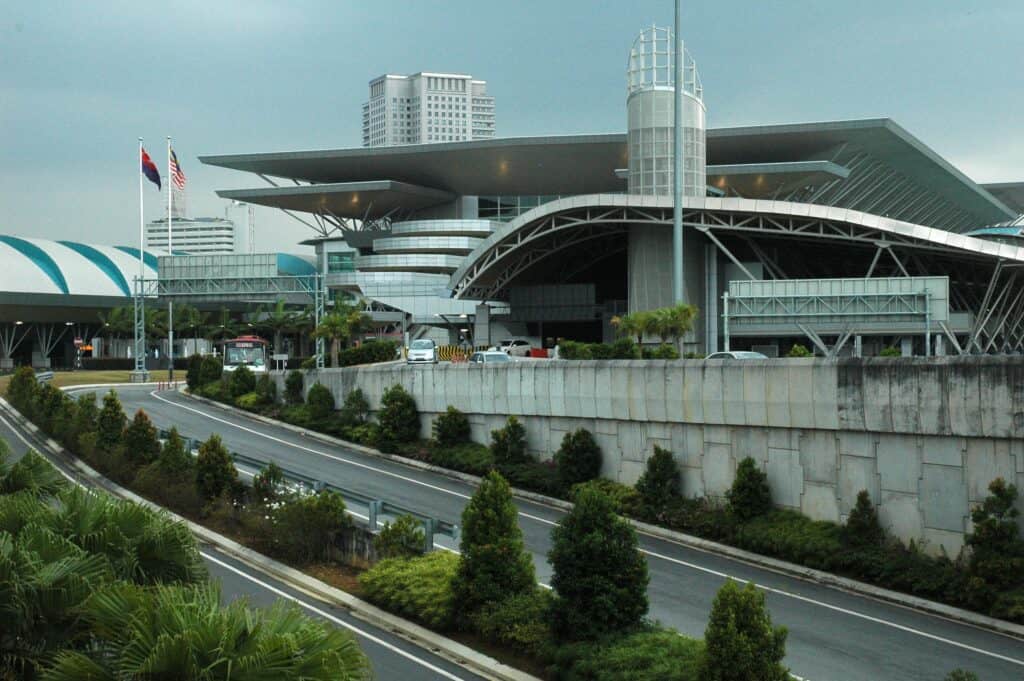
At land crossings and cruise ports, change will build in layers. The rule clears CBP to extend structured facial capture to pedestrian lanes, some vehicle booths, and embarkation points that previously ran only on documents and fingerprints. Rollout will vary by layout, volume, and technology, so regular crossers may see mixed systems for a time. The long term target is consistency: similar expectations across ports, fewer surprises lane to lane, and a clear legal basis every time a camera is raised.
Data, Retention, And Privacy Pressure

Behind each quick capture sits a longer conversation about storage and scope. Biometric images for non-citizens can be held and reused under immigration and enforcement authorities, supporting overstay checks and background vetting. Shorter timelines and stricter conditions apply to many citizen records, but that nuance is rarely visible at the point of capture. Meaningful trust will depend on enforced limits for vendors, prompt breach reporting, independent audits, and public examples of where lines cannot be crossed, not only policy language.
Accuracy, Bias, And No-Match Moments
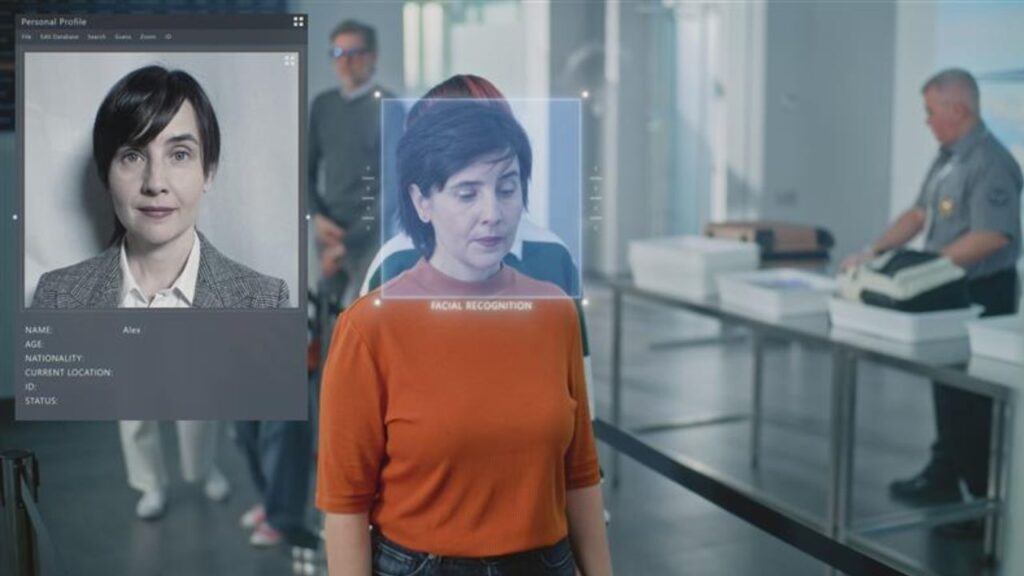
Facial comparison tools have improved, yet performance still shifts with lighting, age, features, and camera quality. The framework expects officers to treat algorithmic results as one piece of input, not a replacement for judgment. When a match fails or looks uncertain, the next step should be calm verification through documents, questions, and context, not reflexive suspicion. How those edge cases are handled in real lines will decide whether travelers experience the system as precise and fair or blunt and uneven.
Habits That Help Non-Citizens Move Faster

Preparation remains simple and human. Non-citizens who keep passports accessible, remove hats and dark glasses early, and pause fully when directed into view help systems confirm identity on the first attempt. Those with prior visa issues, recent name changes, or complex travel histories can carry supporting paperwork that closes gaps without confrontation. These habits do not fix structural debates, but they reduce friction at booths, shorten queues behind them, and leave officers with more time for travelers who truly need extra review.
What Airports And Airlines Must Deliver
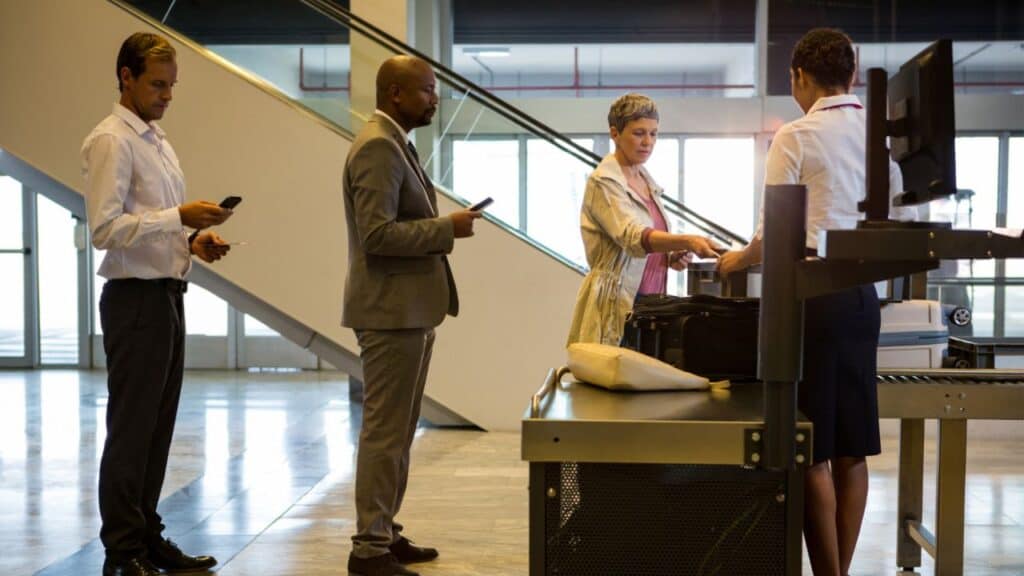
Airlines and airports now stand closer to the line where regulation meets experience. Their screens, signs, and staff explain who is subject to biometric capture, how images are used, and which alternatives exist. When information is consistent from booking page to gate, travelers meet a process that feels steady and predictable. When partners improvise or oversell convenience, confusion spreads quickly, and a tool designed to streamline inspections risks becoming another source of unease at already tense points in the journey.
Balancing Security With Everyday Dignity
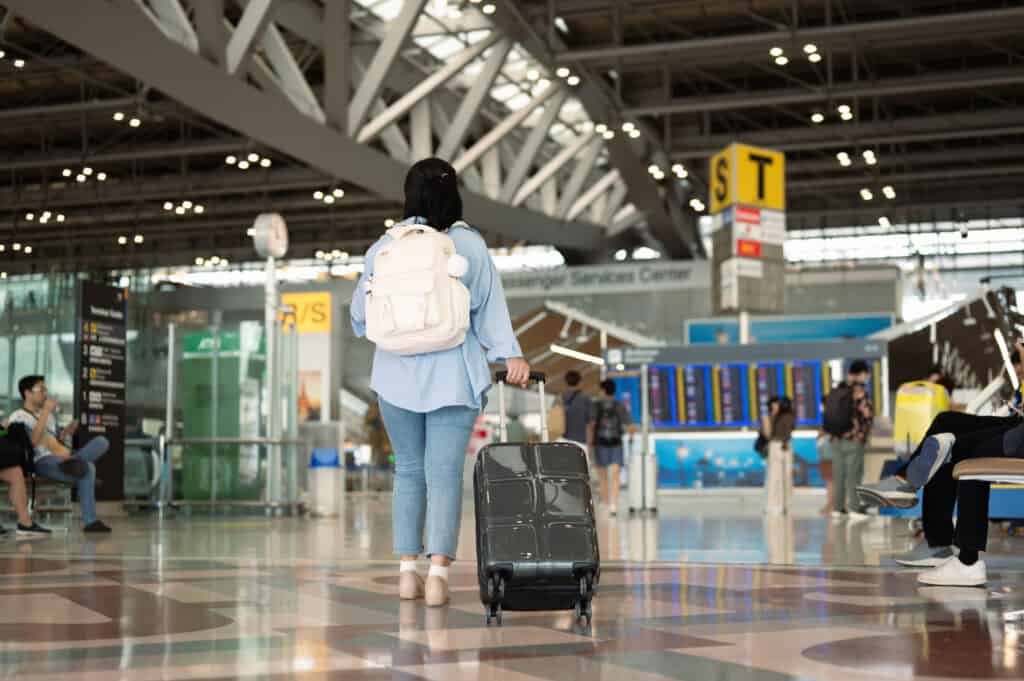
On paper, the rule promises fewer imposters, stronger document integrity, and cleaner exit records. In practice, its legitimacy depends on restraint: narrow uses, strong oversight, and a willingness to adjust when harm appears. Communities already under close watch will notice missteps first. If agencies respond with honesty and correction rather than defensiveness, biometric checks can settle into the background. When respect is visible in small interactions, people can cross borders with identities verified and dignity intact.